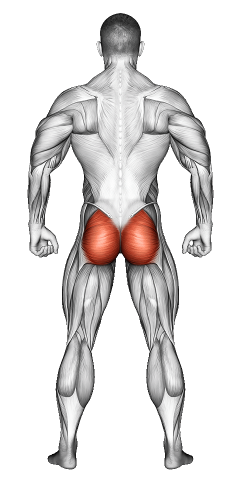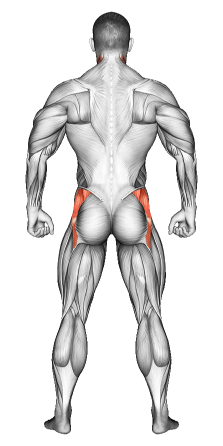Fire Hydrants: Video Tutorial & Exercise Guide

Written By: Claude Michael
Updated: Oct 13, 2024
| Workout | Fire Hydrants |
| Primary Muscle Group | Glutes |
| Secondary Muscle Group | Abductors |
| Equipment Required | Bodyweight |
| Force Type | N/A |
| Mechanics | Compound |
| Exercise Type | Strength |
| Difficulty | Beginner |
Fire Hydrants: Video Tutorial & Exercise Guide
- 1.Fire Hydrants: Muscle Groups
- -1.1Primary Muscle Group
- -1.2Secondary Muscle Group
- 2.Fire Hydrants: Step-by-Step Guide
- 3.Fire Hydrants: Overview
- 4.Fire Hydrants: Benefits
- 5.Fire Hydrants: Pro Tips & Advanced Techniques
- 6.Fire Hydrants: Progression Plan
- 7.Fire Hydrants: Frequently Asked Questions (FAQs)
Secondary Muscles Group
Fire Hydrants: Step-by-Step Guide
- Step 1: Start on all fours, with your wrists directly under your shoulders and your knees under your hips.
- Step 2: Keep your core tight, and lift your right knee out to the side, keeping a 90-degree bend in your leg.
- Step 3: Raise your knee until it's in line with your hips, keeping your back flat.
- Step 4: Pause at the top, squeezing your glutes for a second or two.
- Step 5: Lower your knee back down to the starting position in a controlled motion.
- Step 6: Repeat the movement on the other side, and continue alternating between legs.
Fire Hydrants: Overview
Fire hydrants are an excellent exercise for targeting your glutes and improving hip mobility. This move works the gluteus medius, an important muscle for stabilizing the hips and improving overall lower body strength. It’s a great addition to any lower body or glute-focused workout.
Fire Hydrants: Benefits
Fire hydrants are perfect for building strength in the glutes, specifically targeting the side glute muscles, which are often underdeveloped. They also enhance hip mobility and improve your overall balance and stability. Incorporating fire hydrants into your routine can help prevent injuries and improve your performance in other lower body exercises.
Fire Hydrants: Pro Tips & Advanced Techniques
Form focus: Keep your core engaged throughout the movement to prevent your back from arching. Slow and controlled movements will give you the best results.
Range of motion: Raise your knee as high as you can without shifting your hips or back. Quality over quantity here.
Added resistance: Once you’re comfortable with bodyweight fire hydrants, consider adding a resistance band around your thighs for extra intensity.
Fire Hydrants: Progression Plan
Beginner
Intermediate
Advanced
Fire Hydrants: Frequently Asked Questions (FAQs)
What muscles do fire hydrants target?
+Fire hydrants primarily target the glutes, particularly the gluteus medius, but also engage the core and hips for stability.
How often should I do fire hydrants?
+Incorporate them into your workout 1-2 times per week, especially on lower body or glute days.
Can I add resistance to fire hydrants?
+Yes! You can add a resistance band around your thighs or use ankle weights for added intensity.
What common mistakes should I avoid?
+Avoid letting your hips rotate as you lift your leg. Keep your core tight to maintain stability throughout the movement.
Are fire hydrants good for hip mobility?
+Yes, fire hydrants help improve hip mobility while strengthening the muscles around your hips and glutes.
Share
Don’t Wish for It, Work for It – Join the FlexXP Newsletter Today!
Thank you for signing up for the FlexXP Newsletter!
This site is protected and the Google Privacy Policy and Terms of Service apply.

